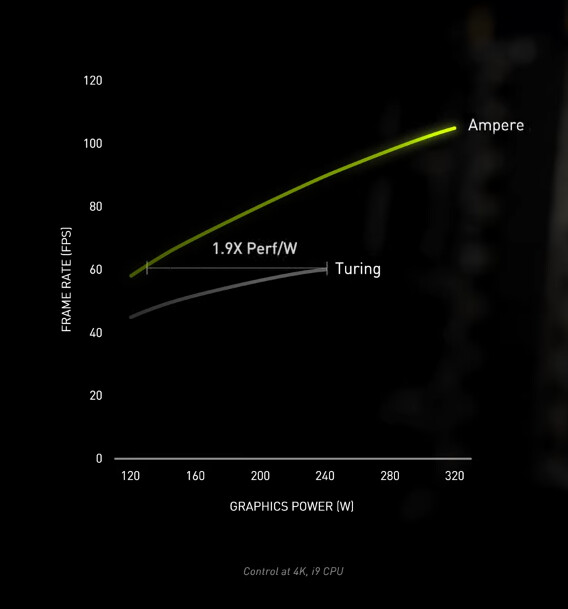So I have a PSU 750W bronze, I know I need to upgrade but to which wattage
Probably not. You should invest some money into a watt meter to get the actual wattage being used coming from your outlet.
In simple terms, this is how I setup all of my PSU's for my computers. Seems to work well for me. It might work for you.
Right now I have a 850Watt 80+Gold standard PSU. Rated 90% Efficiency @ 50% load.
So that number that I use is 850 x 90% / 2 (50% load number) = 382 Watts at the 50% load level. I personally want to keep my wattage below this number as this will prolong the life of your PSU. I have a few that are in the 10 year range ATM and those comps I use to play games on mostly.
With my watt meter I measure my usage normally as well as while I'm playing my games on the computer I am using. I Do this for 2 or more hours recording the data for that rig.
My normal load level for my current computer is at 105 Watts. My Max watt level playing games is at 250W max. Well below the 50% threshold of my PSU. I should have no problems with any future upgrade however I'm not the type who buys on a whim. I do my research first, then buy it needed.
My comp is AMD 3600, 32GB G,Skill Flare X CL14 PC3200 Ram, MSI X570 A-Pro MB, Visiontek RX 5700 w/10% undervolt, 500gb Samsung 860EVO SSD, WD 2TB HDD, LG Blu Ray.
Again. This is how I set up my PSU's concerning watt usages and it has worked for me for at least 15 years.
As far as this whole new generation of Video cards?
When Navi Comes out then we can see all of the performance gains over last generation of cards.
HOWEVER... And this is something that people should be aware of.
1. Most of the world is running on 1080p OR Less.
2. Gaming monitors are mostly set at the 1080p level. recently 1440p is becoming more and more of the Sweet Spot as 4K is still too expensive for what you are getting.
3. Video gaming advancements are still 3 to 5 years behind the current technology.
4. Most people right now are tight on money these days.
It makes no difference if your monitor can not handle the additional power given with these new cards.
I am averaging @ over 165 fps @1440p, playing Overwatch on a 32 inch, 1440p, 165hz Pixio PX329 monitor that is using a RX 5700 video card that I got new for $280.00 9 months ago. Heh Grandpa here playing pew pew. Everything right now is working great.
Unless Nvidia (and AMD) can pull 50% real performance numbers over last years video cards, only those gerbils will be buying those video cards because most people's video cards they currently have on hand are still doing the job.
Unless there is a fantastic price vs performance ratio on these new upcomming video cards, I don't think I'll be throwing 5 to 7 hundred dollars for one.





 I'm done with this topic. Peace out.
I'm done with this topic. Peace out. 




